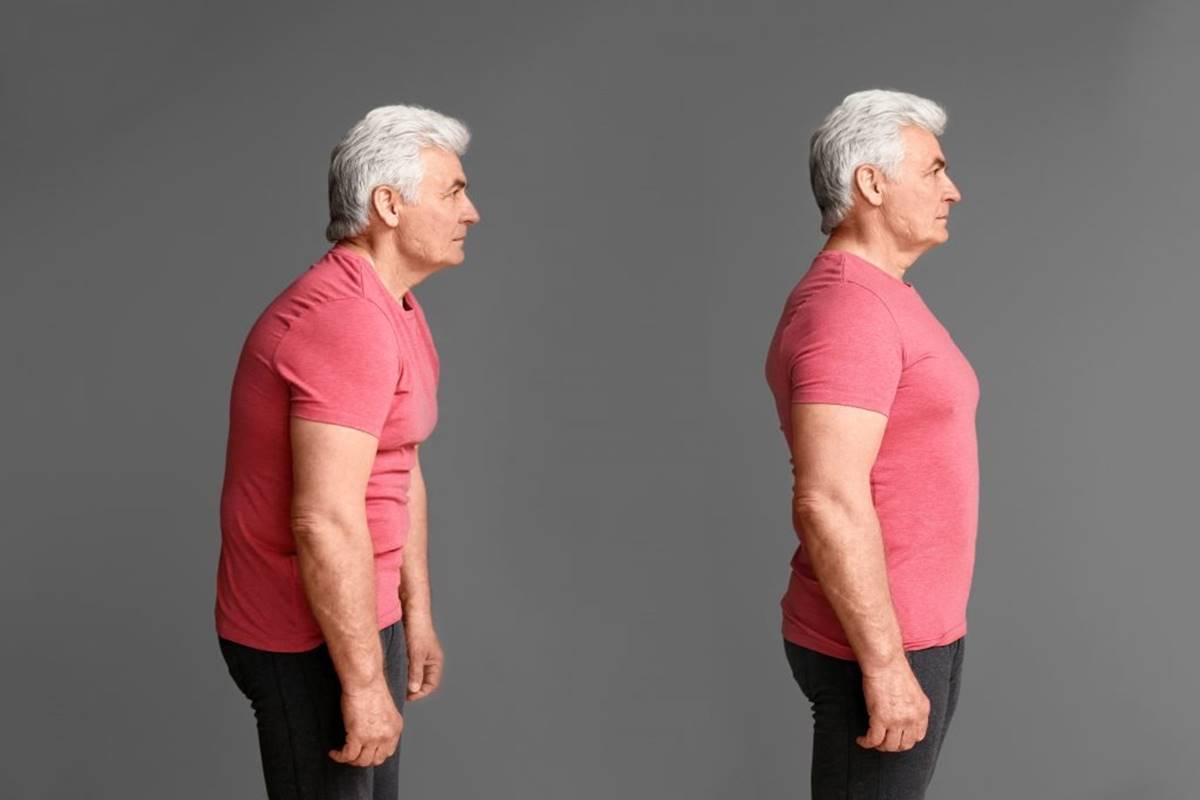Do your shoulder blades ache, or does your spine stiffen after prolonged periods of sitting? Good posture is fundamental to body flexibility and confidence, contributing to reduced back and shoulder pain. Maintaining good posture facilitates consistency during long desk job shifts, influencing lung capacity and cognitive function. Neglecting to address poor posture habits can adversely affect muscle health as you age. Here, we outline practical tips for cultivating and retaining the habit of maintaining good posture.
1. Sit Straight Every Time
While sitting straight for extended periods may seem tedious, it yields numerous benefits. Proper posture efficiently manages body weight and aligns the spine, preventing stiffness and muscular pain. When working at a desk, position your device at eye level, and ensure your documents and keyboards are optimally placed. Take regular breaks to stretch and relax your muscles.
Advertisement
2. Give Support to Your Spine
Incorporate exercises that provide adequate support to your spine, especially as bones and muscles weaken with age, potentially leading to osteoporosis. Invest in ergonomic work tables and chairs, and engage in spine endurance exercises.
3. Focus on Your Nutrition
Maintaining good posture is closely linked to the nutrition you provide your body. Strong bones and tissues are essential for good posture, and Vitamin D, combined with calcium, contributes to their health.
Exercises for Good Posture
– Child’s Pose: Suitable for everyone, this exercise takes only 10-15 minutes and helps stretch glutes, hips, thighs, and release neck tension.
– Cat-Cow Pose: Enhances flexibility and reduces neck and shoulder blade stress simultaneously.
– High Plank: Alleviates hip pain caused by prolonged sitting, strengthens hamstrings and shoulders, and improves body balance.
In conclusion, adopting the habit of requires time, but once mastered, it can shield you from the aches and pains that often accompany a fast-paced lifestyle.
Also Read: How does clean eating contribute to a healthier you?











